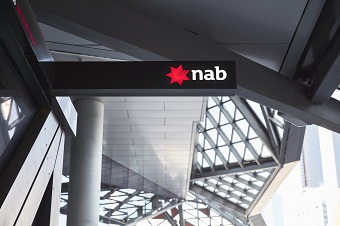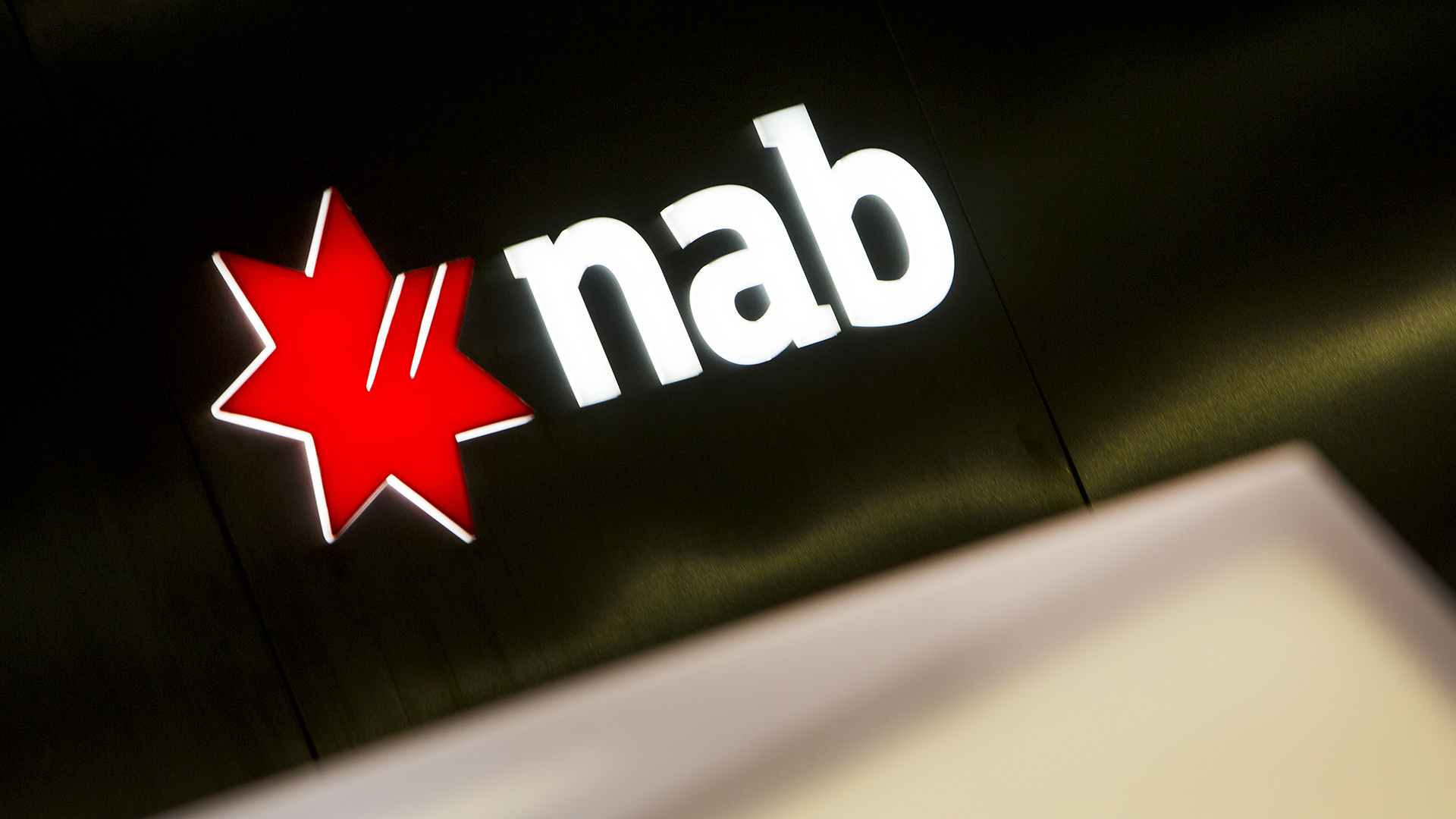Australian superannuation funds plan to ramp up their allocations to international assets as they seek to diversify investments and boost returns, according to a NAB survey published today.
The NAB Superannuation FX Survey found that 72 per cent of Australian funds plan to increase their share of offshore investments over the next two years and are considering unlisted assets such as private debt, infrastructure and real estate. The results indicated funds currently have on average 41 per cent of their assets offshore.
“This survey is a poignant snap shot of what Australian superannuation fund managers are thinking and how they plan to approach investment strategy and foreign exchange risk in the low interest rate world,” said Drew Bradford, NAB Executive General Manager Markets.
“The results show that at the same time that funds are increasing their offshore holdings, they are hedging less of their FX exposure to take on more FX risk,” Mr Bradford said.
“This is because they want to be more responsive to market movements, such as a perceived large undervaluation or overvaluation of the Australian dollar.”
The average hedge ratio applied to international equity exposure has fallen to 29 per cent in 2019 from 39 per cent in 2017, the survey found. Mr Bradford said this drop likely reflects the downtrend in the Australian dollar, from above 80 US cents at the time of the 2017 survey to nearer 70 US cents in 2019, and the expectation that the currency could fall further.
The NAB Superannuation FX Survey examines the hedging techniques of 61 Australian superannuation funds with $1.82 trillion of assets under management, which, according to ASFA data, is about 90 per cent of industry assets under management, excluding self-managed super funds. It is the only survey of its kind in Australia. The survey takes place every two years and the 2019 survey is the ninth edition.
The results also showed that funds are increasingly using target percentages for their foreign currency exposure, rather than traditional hedging ratios. For those funds targeting a percentage of foreign currency exposure, the average desired exposure is 24 per cent in 2019, based on the MySuper or the default option of the fund.
“The move away from traditional hedging ratios is a seismic shift in thinking,” Mr Bradford said.
“More funds want to view currency risk through the same lens as other asset allocation decisions and feel that running a higher foreign exposure is a cost-effective way to protect against any deterioration in risk sentiment,” Mr Bradford said.
Another significant finding of the survey was that internal investment teams are playing a more influential role in setting the strategy for currency decisions.
The NAB Superannuation FX Survey was launched today at the NAB Super Fund Conference in Melbourne.



